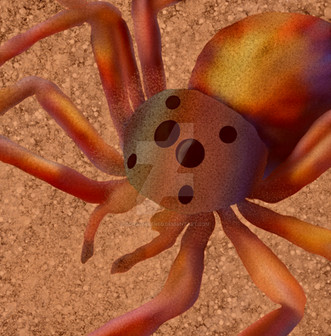HOME | DD
 DrPolaris — Dromaeosauridae Phylogeny
DrPolaris — Dromaeosauridae Phylogeny

#dinosauria #speculativeevolution #speculativebiology #speculativezoology
Published: 2018-08-04 15:54:01 +0000 UTC; Views: 4628; Favourites: 25; Downloads: 2
Redirect to original
Description
Please enjoy this phylogentic tree for the incredibly diverse Dromaeosaurids. If you have any questions, feel free to leave a comment and I will be sure to answer!Related content
Comments: 4

I must say this is quite an impressive phylogenetic tree. Out of curiosity, what groups of dromaeosaurs persisted into the Holocene and which ones died out?
👍: 0 ⏩: 1

I’m glad you asked. The basal Erythroraptorines survive to the present on Australia. They have convergently evolved to become more slender and Troodontid like.
All three of the most derived Microraptorian families survive to the present. The Saltovenatorids are small, semi arboreal carnivores filling a niche similar to small felids. The Ceboraptorids and Pithecavids are arboreal omnivores and herbivores.
The only other group that makes it to modern times are the Cenodromaeosaurs, being common mid sized to large predators.
👍: 0 ⏩: 0

What are the Erythroraptorines and Hydrotheroraptorines like?
👍: 0 ⏩: 1

The erythroraptorines are endemic to Australia and convergently similar to Troodontids in being slender and long legged nocturnal hunters.
Members of Hydrotheroraptorini are large, semi aquatic piscivores that took over the niche of spinosaurids after they died out at the end of the Cretaceous. Their origins lie in late Cretaceous South America but found their way to Africa during the Paleogene.
👍: 0 ⏩: 0

























